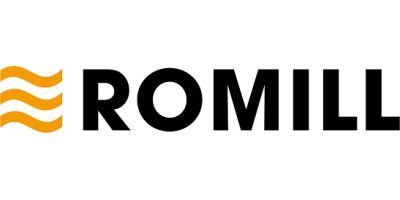

- Home
- Companies
- ROMILL s r.o
- Products
- Industrial Microwave Heating Technology
Industrial Microwave Heating Technology
There is virtually no manufacturing industry in the world where microwaves have not made their mark. They are either used as more efficient technologies to replace conventional heating or are acquired to achieve new processing quality.
High energy efficiency
Due to the high efficiency of the technology, microwaves significantly reduce overall energy costs.
Uniformity of heating
The product is instantly heated evenly throughout its entire volume, making thus the heating process significantly shorter.
Fast water drainage
Thanks to the uniformity of heating, excess water is quickly and efficiently drained from the product.
Production space saving
The microwave equipment is space-saving and saves a lot of space on the production floor.
Speed and time saving
The heating process is very efficient, dramatically reducing heating time and simplifying production planning.
Eco-friendly operation
The technology does not burn and thus does not emit pollutants into the air. Its operation is highly ecological.
In conventional heating, heat is transferred from the surface inwards and moisture rises from the inside to the surface where it evaporates. Deep microwave heating also heats up the inside of the product and the moisture is displaced towards the point of lower pressure – i.e., to the surface of the material, which is cool because the surrounding air is not heated by the microwaves. With this water pump, fast and efficient water drainage is achieved.
Microwave devices are designed for continuous, discontinuous or stationary heating of lump, bulk, slurry or liquid materials. The concept of devices operating on radio frequencies is similar.
Almost every industrial microwave application requires an individual design solution that takes into account the nature of the heating process and the product to be heated. Although standard units are used in the development of the equipment, each contract is subject to customer needs, processing capacity and other specific parameters, as well as the idea of integrating the equipment into the overall technology. The resulting application shall be experimentally verified on test equipment using products supplied by the customer.
The equipment consists of a generator equipped with a microwave energy source — magnetrons — and also of radiation chambers in which the microwave field acts on the material to be processed. Microwave energy is transferred via waveguides to applicators from which it is dispersed in the chamber to achieve optimum heating – usually maximum temperature homogeneity in the product.
The equipment is also equipped with protection and measuring elements, a control unit, possibly other integrated systems, a section for reheating or cooling, etc. The generators and the equipment either form a compact unit or are in separate cabinets that are separated from the chamber itself.
